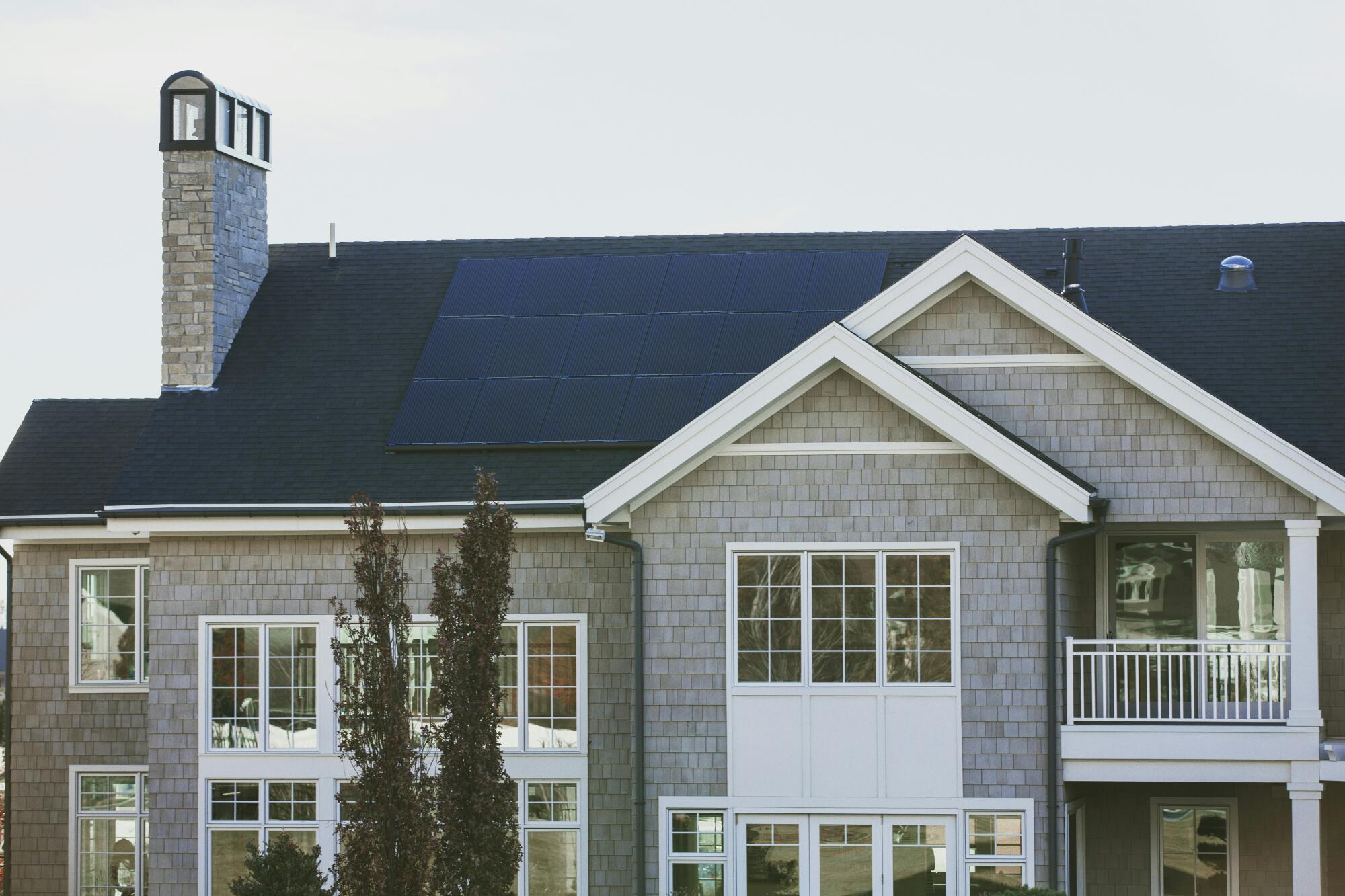
Switching to solar energy is a fantastic way to reduce your environmental impact and save money on electricity bills. But before you jump in, it’s essential to understand the different factors that influence your solar panel configuration.
Choosing the right setup can significantly impact your system’s efficiency and overall cost savings. This guide will illuminate the path to finding the ideal solar solution for your home.
Understanding the Basics: Solar Panel Parts
To make informed decisions, it’s helpful to familiarize yourself with the key solar parts. A typical solar panel system consists of:
- Solar Panels: These capture sunlight and convert it into direct current (DC) electricity.
- Inverter: This device converts the DC electricity from the panels into alternating current (AC) electricity, which your home appliances use.
- Mounting System: This secures the panels to your roof or the ground.
- Monitoring System: This allows you to track your system’s performance and energy production.
Understanding these solar components and how they work together is crucial for optimizing your system’s performance.
Solar Panel Configuration: Factors to Consider
Several factors influence the optimal solar panel configuration for your home:
- Roof Size and Orientation: The available space on your roof and its orientation towards the sun will dictate the number of panels you can install and their arrangement. South-facing roofs generally receive the most sunlight.
- Energy Consumption: Analyze your household’s energy usage to determine the system size needed to meet your needs.
- Shading: Trees, nearby buildings, or other obstructions can cast shadows on your panels, reducing their efficiency.
- Aesthetics: Consider how the panels will look on your roof and choose a configuration that blends well with your home’s architecture.
Exploring Different Solar System Parts and Configurations
There are various solar system parts and configurations to choose from:
- Panel Type: Monocrystalline, polycrystalline, and thin-film panels offer different levels of efficiency and cost.
- Panel Arrangement: Panels can be arranged in series or parallel circuits, impacting voltage and current output.
- Mounting Options: Roof mounts, ground mounts, and even solar carports offer flexibility in installation.
Choosing the right combination of these solar panel parts will depend on your specific needs and preferences.
Maximizing Efficiency: Panel Angle and Tilt
The angle and tilt of your solar panels play a crucial role in capturing sunlight throughout the day and across seasons. Ideally, your panels should be tilted at an angle close to your latitude for optimal year-round performance.
The Power of Net Metering
Understanding how net metering for solar roofing works can significantly impact your energy savings. Net metering allows you to sell excess electricity generated by your solar panels back to the grid, effectively reducing your energy bills.
Choosing the Right Installer
Selecting a qualified and experienced solar installer is crucial for a successful installation and optimal system performance. Research different installers, compare quotes, and check customer reviews before making a decision.
Harnessing the Sun: Optimizing Your Solar Panel Configuration
Choosing the right solar panel configuration involves careful consideration of your energy needs, roof characteristics, and budget. By understanding the different solar parts and working with a reputable installer, you can harness the power of the sun efficiently and enjoy the benefits of clean, renewable energy for years to come.
Want to Learn More About Solar Energy?
We have a wealth of resources available to help you on your solar journey. Now that you know how to choose the right solar panel configuration, explore our blog for more in-depth articles on solar panel technology, the latest industry trends, and other important information on how businesses and individuals are leveraging technology to decrease their environmental impact.




